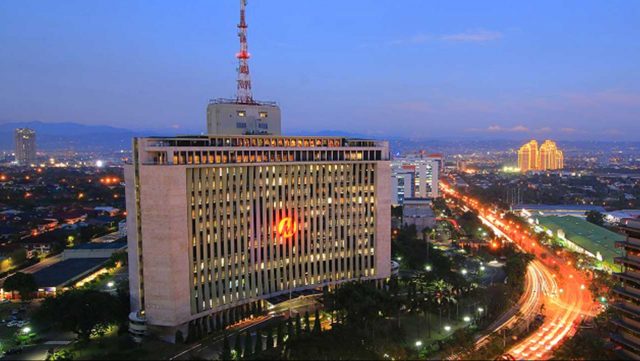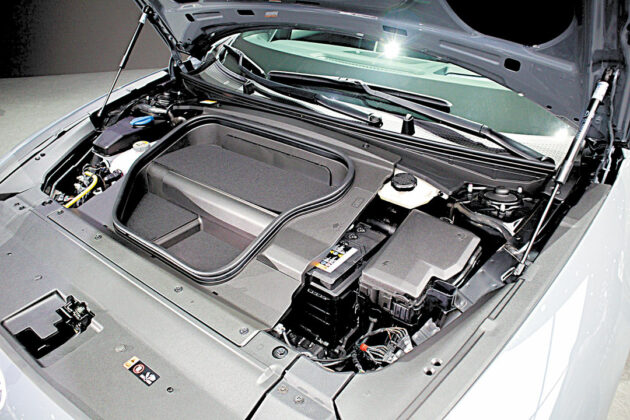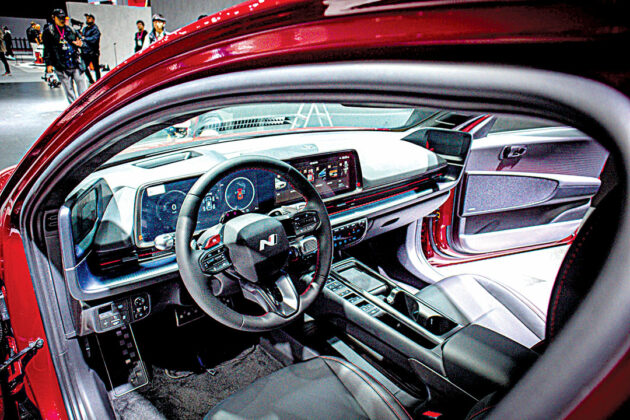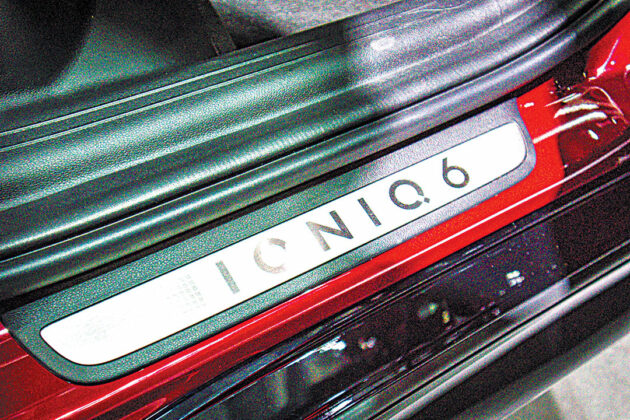Meralco declines despite news of higher electricity sales
By Abigail Marie P. Yraola, Deputy Research Head
THE SHARE PRICE of Manila Electric Co. (Meralco) fell last week despite news that its energy sales grew on strong demand from residential and commercial sectors.
The stock closed at P551.50 on Friday, 4.9% lower than a week earlier and bucking the 0.5% gain in the industrial index and 2.2% rise in the benchmark Philippine Stock Exchange (PSE) index. The share has increased 13% this year compared with the index’s 4% decline.
Investors were probably concerned about potential regulatory pressure including scrutiny of its pricing strategies despite its recent franchise renewal, said Toby Allan C. Arce, head of sales trading at Globalinks Securities and Stocks, Inc.
“The broader industrial subsector’s gains and PSE index growth may have been buoyed by election-driven optimism and macroeconomic factors such as lower inflation, which did not equally translate to Meralco due to these company-specific challenges,” he said in a Viber message.
He said Meralco’s mixed trend last week reflected the downturn in key sectors like steel and food and dampened growth in industrial sales volume.
“Meralco’s strategic operational upgrades, including significant enhancements to its Tayabas delivery point substation, reflect its commitment to meeting increasing electricity demands,” he added.
A week earlier, the power distributor said it had upgraded the power transformer at the Tayabas substation to 300 megavolt-amperes (MVA) from 100 MVA to meet demand in Quezon province and nearby towns in Laguna.
Meralco’s energy sales volume grew 1.5% in the first quarter to 12,493 gigawatt-hours, driven by increased residential and commercial sector demand, Ferdinand O. Geluz, senior vice-president and chief revenue officer at Meralco, told reporters in a Viber message.
Residential sales volume rose 3% due to the sustained momentum from energization efforts and the high heat index, while commercial sales inched up 1%, buoyed by consumer-facing establishments.
“Meralco demonstrates resilience in leveraging climatic conditions to boost residential consumption,” Mr. Arce said. He added that while this might be good for financial metrics, higher energy use is a cost burden for consumers and could spur calls for energy-efficient solutions.
Aniceto K. Pangan, an equity trader at Diversified Securities, Inc., said there might be concerns that Meralco’s push to lower electricity rates could cut its profit margin despite rising demand.
Meralco Chairman and Chief Executive Officer Manuel V. Pangilinan has said the company is focused on lowering power rates and ensuring supply reliability after lawmakers renewed its franchise.
On April 11, President Ferdinand R. Marcos, Jr. signed into law the measure extending the power distributor’s franchise for another 25 years.
Mr. Arce cited Meralco’s focus on operational efficiency including efforts to transition power generation methods, including the exploration of nuclear and renewable energy.
“Strategic investments such as the expanded substation capacities and the extended franchise period to 2053 ensure sustained reliability and broadened service delivery,” he added.
Mr. Geluz earlier said they expect energy sales to pick up next quarter in line with their 4.5% full-year growth target.
Mr. Pangan said the goal could only be achieved if the Philippine economy grows at least 5.8%.
Mr. Arce expects Meralco to post P497 billion in revenue and P48 billion in net income this year.
“Anticipated election-driven economic activity and seasonal factors are expected to bolster second-quarter sales,” he said. “Meralco’s optimistic full-year energy sales growth target of 4.5% aligns with ongoing infrastructure upgrades and market recovery.”
He said company’s stable income streams, particularly from its distribution utility business, while efforts to modernize infrastructure and focus on sustainable energy and competitive pricing could attract long-term investors.
“Its defensive qualities in the utility sector and consistent dividend policies also appeal to risk-averse traders,” he added.
Mr. Arce put Meralco’s critical support at about P550 and resistance near P587.60 this week.
“Breaching these levels could signify substantial upward (up to P600) or downward (to P520) momentum based on broader market cues and company-specific announcements,” he said.
Meralco’s controlling stakeholder, Beacon Electric Asset Holdings, Inc., is partly owned by PLDT, Inc. Hastings Holdings, Inc., a unit of PLDT Beneficial Trust Fund subsidiary MediaQuest Holdings, Inc., has an interest in BusinessWorld through the Philippine Star Group, which it controls.


















































